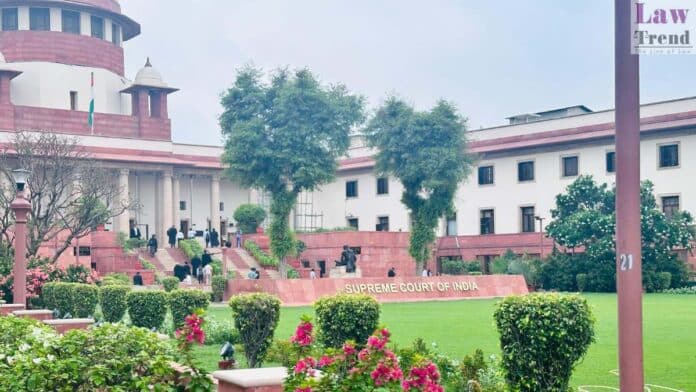The Supreme Court of India delivered a significant verdict in Dalip Kumar @ Dalli vs. State of Uttaranchal (Criminal Appeal No. 1005 of 2013), acquitting Dalip Kumar of charges under Sections 363 (kidnapping) and 366-A (procuration of a minor girl) of the Indian Penal Code (IPC). While reaffirming that the absence of bodily injuries is
To Read More Please Subscribe to VIP Membership for Unlimited Access to All the Articles, Download Available Copies of Judgments/Order, Acess to Central/State Bare Acts, Advertisement Free Content, Access to More than 4000 Legal Drafts( Readymade Editable Formats of Suits, Petitions, Writs, Legal Notices, Divorce Petitions, 138 Notices, Bail Applications etc.) in Hindi and English.




